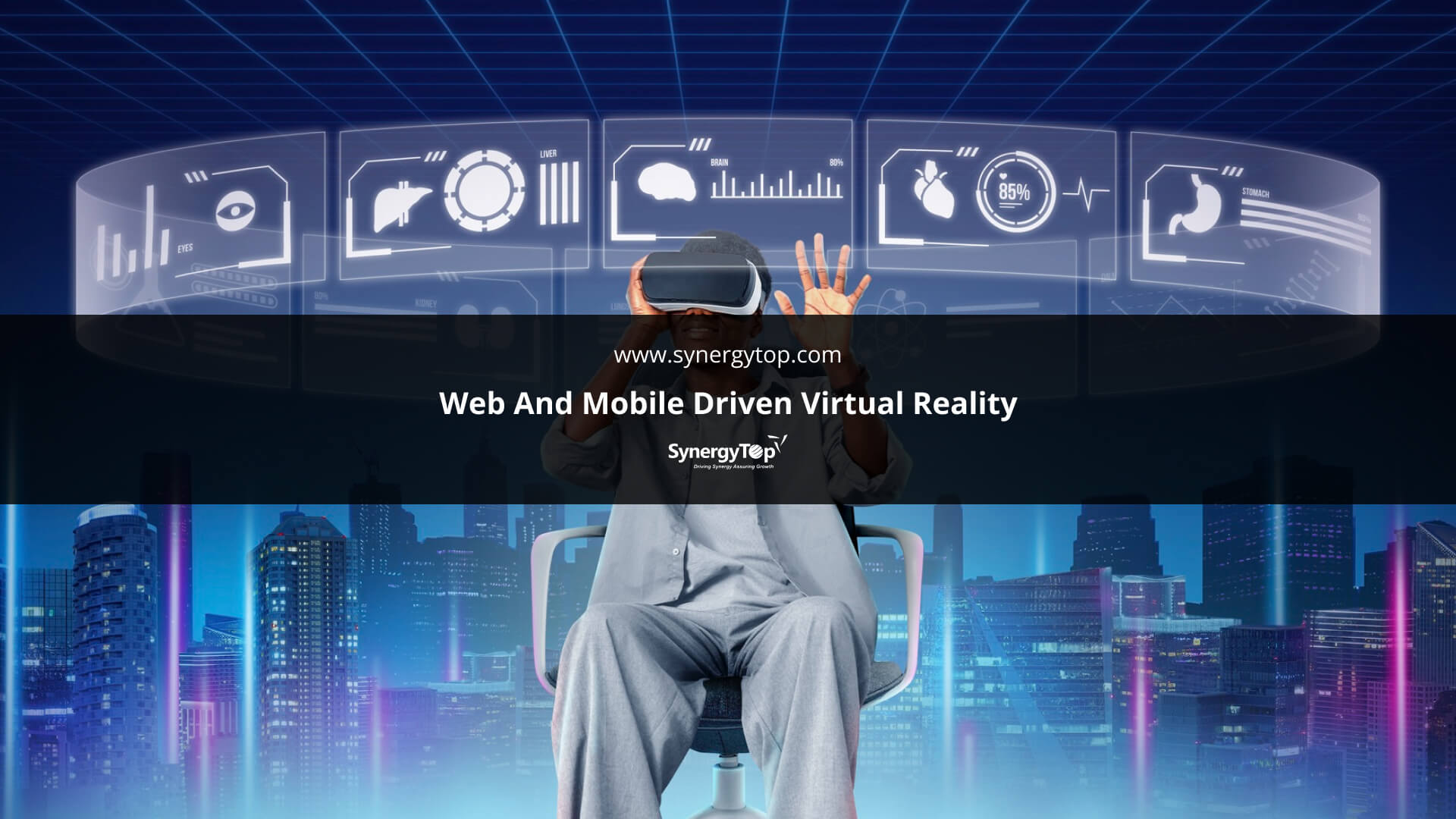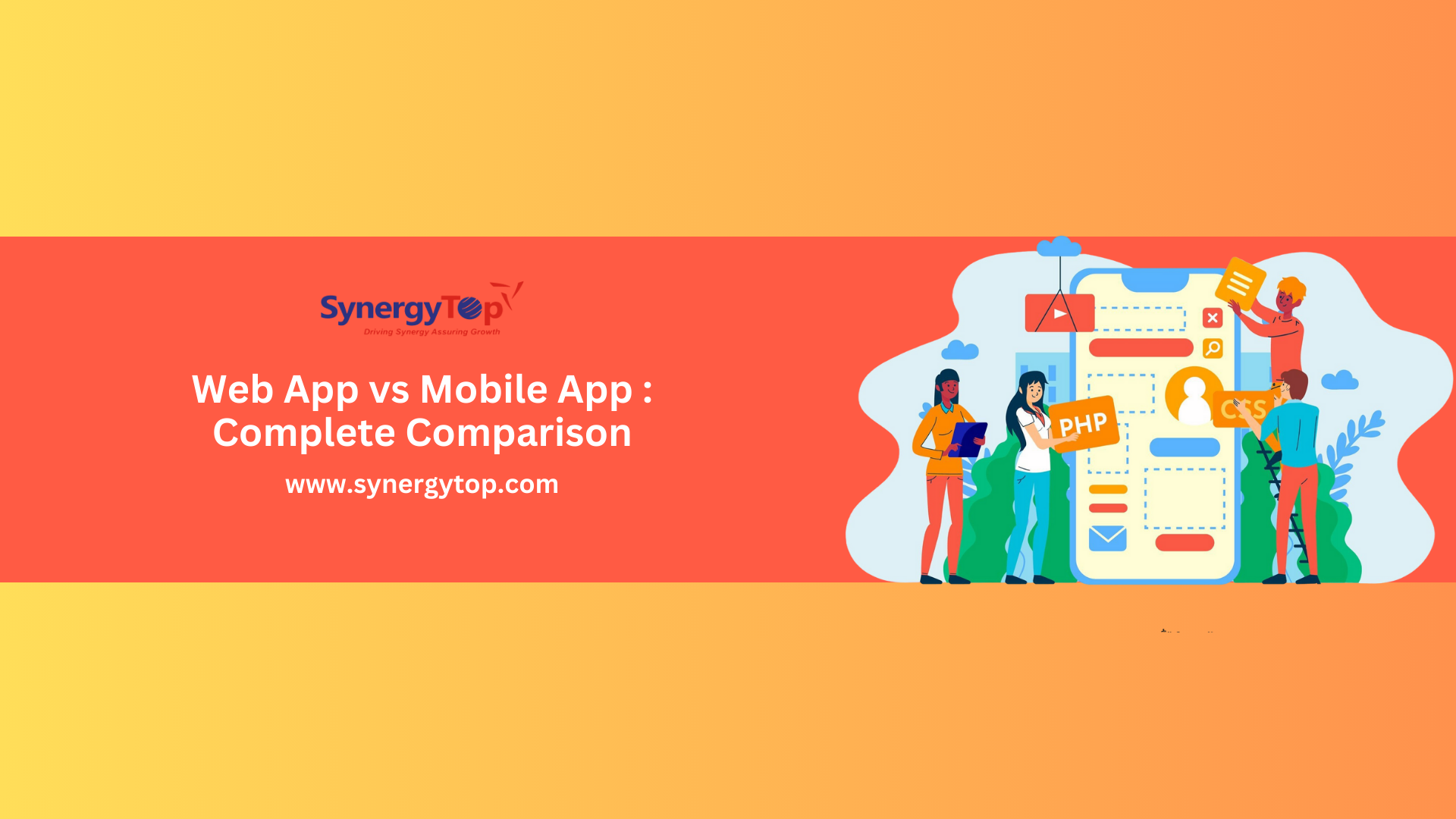Virtual Reality, for the 90s kids has been about stuff from the Star Wars series and Sci-fi movies. Today, 16 years into the 21st century, Virtual Reality is no more a part of the distant future.
Virtual Reality harnesses the immense possibilities of the World Wide Web and transforms it into something that a user can interact with. Web and mobile are poised to be the next great drivers of mainstream VR adoption.
VR devices, such as, Oculus Rift, Google Cardboard, HTC Vive and Samsung’s Gear VR are encouraging developers to build immersive virtual reality (VR) experiences. However, much to the developers’ consternation, this new wave of Virtual Reality is dominated by competing and incompatible platforms.
Currently, Web Virtual Reality, driven by Web VR has more takers vis-a-vis Mobile VR. WebVR is a Javascript API that enables you to use Virtual Reality devices in your chosen browser, such as Firefox and Google Chrome.
WebVR is being backed by numerous developers and organizations – Mozilla being one of them. The company launched a new website, MozVR for web-based VR experiences last year, as well as added VR support to Firefox.
VR enthusiasts across the globe believe that developers could build their VR experiences in HTML, which can run in a browser Instead of building native apps that just work on one platform. However, this would happen when Google, Mozilla, Oculus and the other players agree on a common standard or build a cross-platform approach.
On the other hand, Mobile VR initiatives such as Google’s Daydream are helping iron out issues such as positional tracking and low-level rendering optimizations.
Watch this space for exciting updates in the world of Mobile and Web Virtual Reality.
















